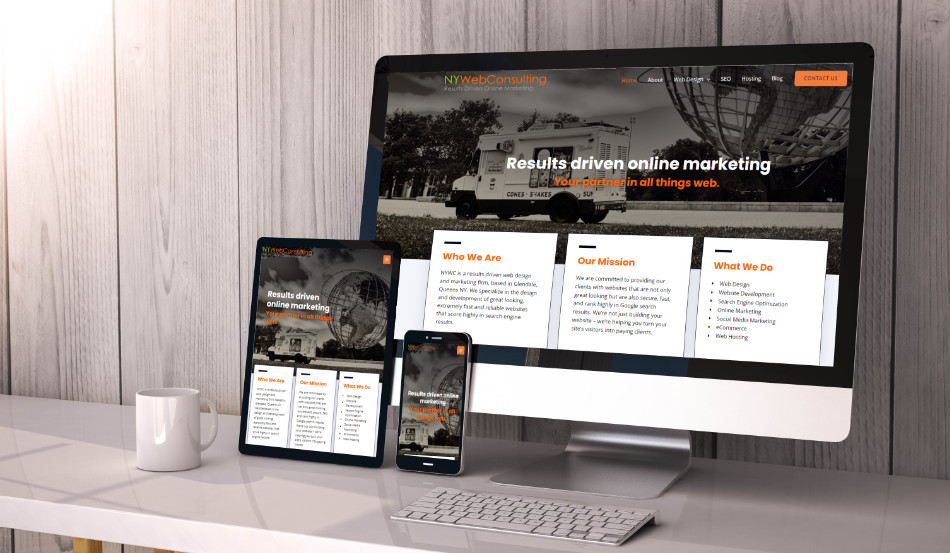Optimizing images for a website is crucial for improving page load times and enhancing user experience. Here are three effective ways to optimize images:
1) Image Compression:
Use image compression to reduce the file size of your images without compromising too much on quality. There are various tools available online, as well as plugins for content management systems like WordPress, that can automatically compress images during the upload process. Striking a balance between file size and visual quality is key to efficient image compression.
2) Choose the Right File Format:
Selecting the appropriate file format for your images can significantly impact their size. For photographs and images with gradients, JPEG is often a good choice as it provides good compression with minimal loss of quality. For images with transparency or a limited color palette, consider using PNG. For simple graphics and logos, SVG (Scalable Vector Graphics) is a lightweight and scalable option.
3) Resize Images to the Required Dimensions:
Resize your images to the dimensions required by your website design. Avoid using larger images and relying on HTML or CSS to scale them down. This not only reduces the file size but also ensures that users don’t download larger images than necessary. Many image editing tools, including online ones like Adobe Stock or Canva, allow you to easily resize images to specific dimensions.

Remember that optimizing images is not only about reducing file size but also about maintaining an acceptable level of visual quality. Regularly audit and optimize images on your website to ensure fast loading times, particularly for users on slower internet connections or mobile devices. Additionally, consider implementing lazy loading, a technique that defers the loading of offscreen images until the user scrolls to them, further improving page speed.





